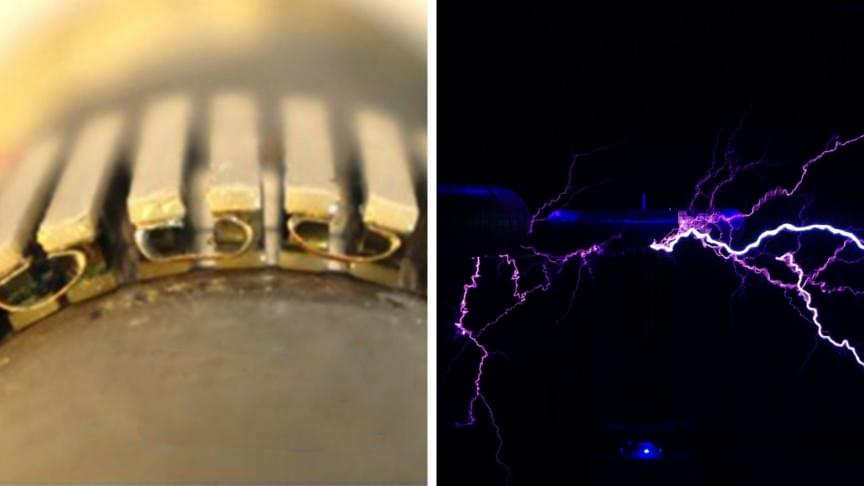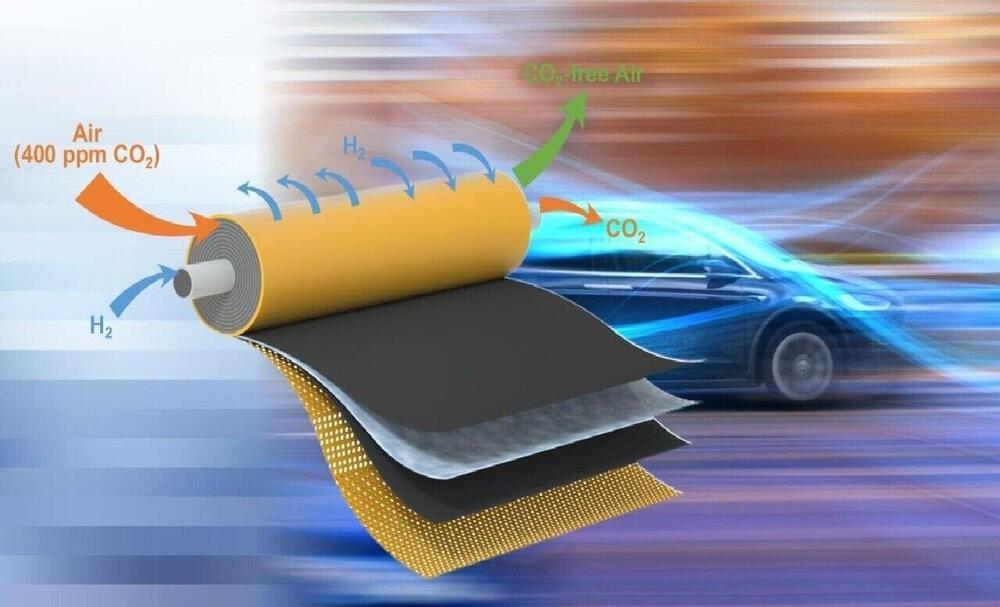There are few environments as unforgiving as the ocean. Its unpredictable weather patterns and limitations in terms of communications have left large.
Researchers at University of Rochester’s Institute of Optics for first time distill novel interferometry into a photonic device.
University of Rochester researchers for the first time package a way of amplifying interferometric signals using inverse weak value amplification —without increase in extraneous input or “noise”—on an integrated photonic chip.
By merging two or more sources of light, interferometers create interference patterns that can provide remarkably detailed information about everything they illuminate, from a tiny flaw on a mirror, to the dispersion of pollutants in the atmosphere, to gravitational patterns in far reaches of the Universe.
Summary: Walking patterns improve when people embarked on cognitive tasks at the same time, suggesting people are more stable while walking and performing tasks than when they solely focus on walking.
Source: University of Rochester.
New research turns the old idiom about not being able to walk and chew gum on its head. Scientists with the Del Monte Institute for Neuroscience at the University of Rochester have shown that the healthy brain is able to multitask while walking without sacrificing how either activity is accomplished.
Elon Musk: Tesla could play a role in Artificial General Intelligence, decentralize Tesla Bot to avoid Terminator scenario.
NASA says an asteroid came within about 1.2 million miles of the Earth’s atmosphere on Tuesday afternoon. In 2013, Anderson Cooper reported on our ability to detect asteroids and comets that come close to Earth after another asteroid impacted the atmosphere over Russia.
“60 Minutes” is the most successful television broadcast in history. Offering hard-hitting investigative reports, interviews, feature segments and profiles of people in the news, the broadcast began in 1968 and is still a hit, over 50 seasons later, regularly making Nielsen’s Top 10.
Watch full episodes: http://cbsn.ws/1Qkjo1F
Get more “60 Minutes” from “60 Minutes: Overtime”: http://cbsn.ws/1KG3sdr.
Follow “60 Minutes” on Instagram: http://bit.ly/23Xv8Ry.
Like “60 Minutes” on Facebook: http://on.fb.me/1Xb1Dao.
Follow “60 Minutes” on Twitter: http://bit.ly/1KxUsqX
Download the CBS News app: http://cbsn.ws/1Xb1WC8
Try Paramount+ free: https://bit.ly/2OiW1kZ
For video licensing inquiries, contact: [email protected]
University of Delaware (UD) engineers have demonstrated a way to effectively capture 99% of carbon dioxide from air using a novel electrochemical syst.
For the first time, it is possible to see the quantum world from multiple points of view at once. This hints at something very strange – that reality only takes shape when we interact with each other.
For the first time, it is possible to see the quantum world from multiple points of view at once. This hints at something very strange – that reality only takes shape when we interact with each other.
You kinda need those.
The U.S. Air Force is down dozens of flyable F-35s due to a maintenance and spare parts crunch. An official in charge of the F-35 program says nearly one in seven of the Air Force’s F-35s can’t fly at all, with some planes awaiting engines that need to be refurbished sooner than anticipated.
Air Force Lt. Gen Eric Fick, the head of the F-35 program office, says 46 F-35s worldwide are in “Mission Impaired Capability Awaiting Parts” (MICAP) status, meaning they’re unable to fly missions until fixed. The breakdown, according to Military.com, includes 41 U.S. Air Force F-35As, one Navy F-35C, and one Marine Corps F-35. Three more aircraft belonging to international F-35 customers are MICAP.









